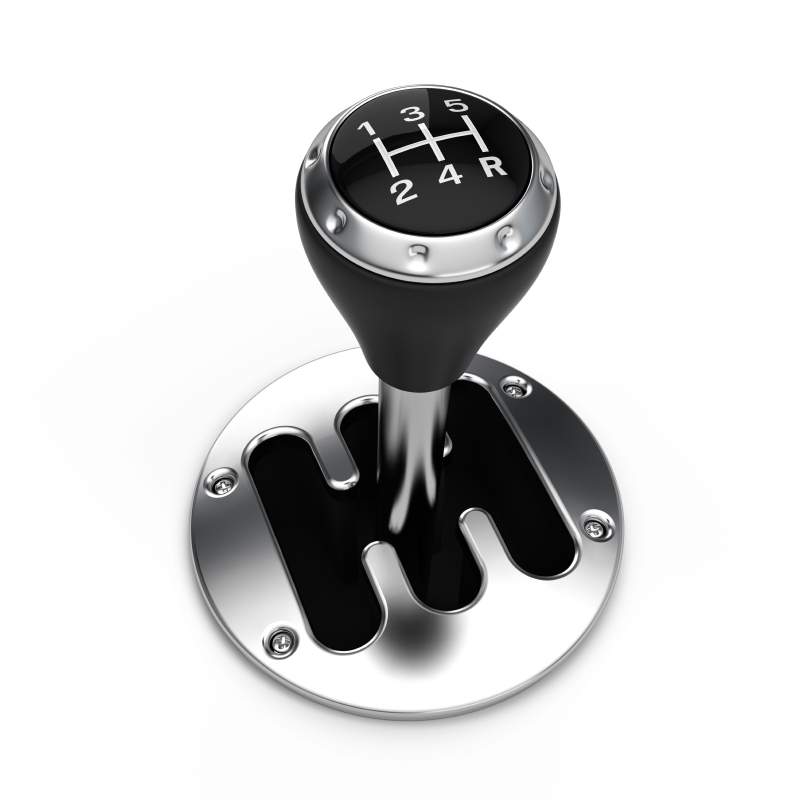
With apologies to this candy advertisement from the 1980s: "Hey, you got your Lua in my SAS program." "You got your SAS code in my Lua program!" Announcer: "PROC LUA: Two great programming languages that program great together!" What is Lua? It's an embeddable scripting language that is often used











































